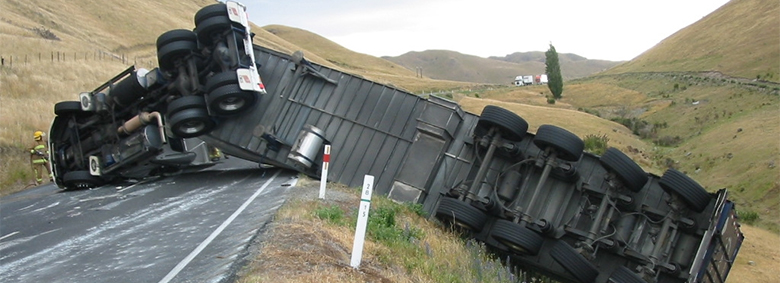The Ministry of Transport is proposing changes to the Vehicle Mass and Dimension (VDAM) Rule, which controls maximum allowable weights and sizes of trucks on New Zealand roads. You can read our submission here, and make your own submission online here. A pro-forma submission which you can edit is here. Our general comments are:
This discussion document appears in some cases not to be written objectively and is limited in scope. Not taking rail and sea modes into consideration at the same-time highlights weaknesses in the benefits and risks evaluations provided by the Ministry of Transport.
While road transport is important to the economy, rail and coastal shipping are both currently under utilised and offer potential productivity benefits which MoT need to take into consideration.
Many of the changes proposed in this document offer extremely low economic benefits while at the same time it fails to quantify the costs involved in the required infrastructure upgrades. Therefore, submitters are not in a position to make correct decisions as they lack all the information they require.
It would appear safety, environmental factors, direct and indirect costs of truck accidents are not fully taken into account by this document, when it is obvious they must be. According to MoT figures in 2014 trucks accounted for 67 road deaths (23% of all road deaths). Since 1990 truck related road deaths have increased from 14% to 23% of all road deaths. During 2010-14 35% of all fatal truck crashes and 58% of minor injury truck crashes were caused by truck operators. These shocking statistics imply that the trucking industry urgently needs to improve its standards. MoT data shows that when a car collides with a truck, car occupants represent 96% of deaths, 89% of all serious injuries and 83% of minor injuries. The proposals in this document to increase width, heights and mass loadings in this document do nothing to mitigate these worrying statistics.
“The NZ Injury Prevention Outcomes Report – June 2015” released by the Accident Compensation Corporation states that the total costs of all road crashes in 2010 was $2.23 billion dollars and 18% of that figure was directly attributable to the trucking industry. When the insignificant 30 year economic benefits, as mentioned in this document, are taken into account it is clear that most of the proposals are not worth pursuing when measured against the costs trucking related crashes have alone on other road users and society as a whole.
Trucks cause over 99% of damage to the road network, yet only cover 58% of road maintenance costs through Road User Charges. Other motorists, taxpayers and ratepayers are effectively subsidising this industry to the tune of billions of dollars every year. When compared to rail which covers 84% of its operating costs and must pay 100% of the its maintenance costs it would be sensible for the MoT to be putting more resources into promoting freight to be moved by rail instead of by road where possible.
The Campaign for Better Transport recommends that many of the proposals are put on hold until the MoT is in a position to provide the detail we have highlighted as being necessary. Basing decisions on the information contained (and omitted) within this discussion document makes little sense and brings the credibility into question of both the MoT and the Minister.
It is suggested that a comprehensive economic evaluation of all the benefits and costs of the changes proposed here be undertaken by a reputable and independent (preferably overseas based) economic research consultants. It is only in this way that a credible evaluation can be made of the benefits or otherwise to New Zealand of these proposals.

